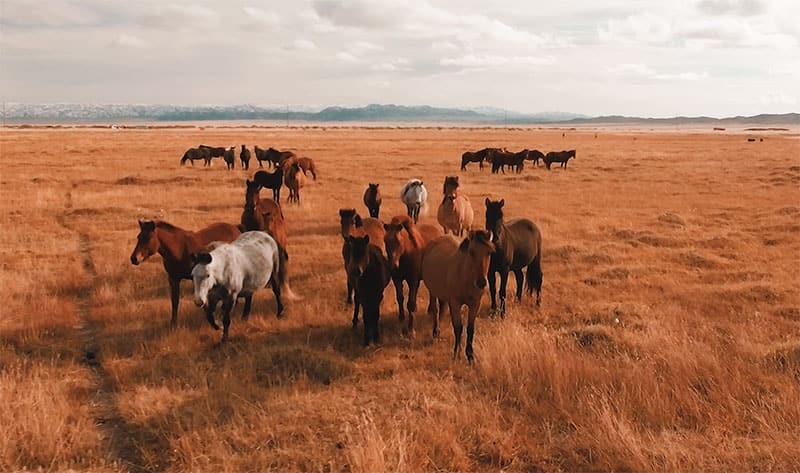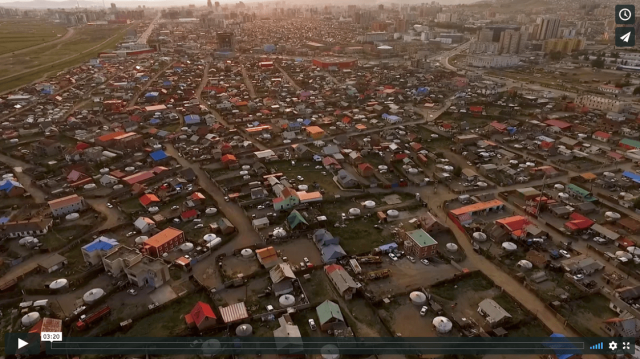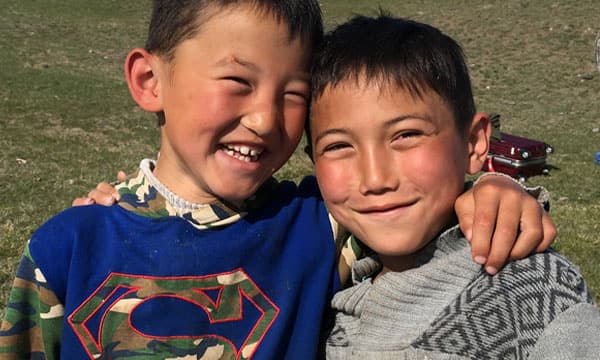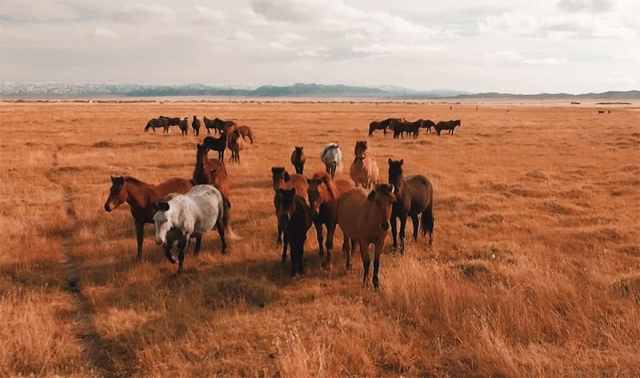
Documentary Review — “Echoes of the Empire: Beyond Genghis Khan” looks at historic and modernMongolia



The filmmakers who gave us the Southeast Asia/Then and Now documentaries “They Call It Myanmar” and “Angkor Awakens” move north for their latest film.
“Echoes of the Empire: Beyond Genghis Khan” gives us a summary of Mongolian history and samples modern Mongolian culture as it takes us to a little-visited piece of Central Asia, a land of forest, desert and steppes surrounded by Russia to the north and China to the south, but influenced most these days by South Korea and the West.
Director Robert H. Lieberman and screenwriter/researcher Deborah C. Hoard introduce us to academics and authors, journalists and other “outside” experts, and to Mongolian politicians, academics, activists, a poet, a painter and a comedian to give us a beyond-just-a-travelogue look at the young republic and its youthful — and as suggested by the film — hopeful population where historically, the women are still much better educated than the men.
A stat not on screen — the average age of today’s Mongolian is 28 years or so. Ageing China to the south has a median age of 38, and Russia 39. No wonder we see Lakers jerseys and kids break dancing in the squares of Ulaanbataar. No self-respecting Mongol bothers to learn Russian any more.
The anchor interview here is with Jack Weatherford, author of “Genghis Khan and the Making of the Modern World.” Using his words and snippets of animation, we’re given a quick overview of the life of history’s greatest conqueror, and hear Weatherford and others speak about the Mongol Empire’s creation of global trade, not just following the long-established Silk Road from East as far West as Poland, but interconnecting markets from the Artic Circle as far South as the Indus River.
Weatherford speaks of the first Khan’s “law of religious tolerance” and “laws against the kidnapping of women,” rules put in place to keep the peace in cities and lands he conquered, as he didn’t have enough troops to form an army of occupation for the Middle East, Russia, the many lands of China and beyond.
I remember reading Weatherford’s book with curiosity about one touchy subject, one I first noticed avoided in a Metropolitan Museum of Art exhibit on the Art of the Mongols, nomadic people who didn’t create anything that wasn’t portable, and whose music — as explained here — is more animal-imitating plainsong than anything written down.
In “Echoes,” a biologist gives us that oft-repeated fun fact about Mongol genetic markers spread across all the lands they conquered 800 years ago. Some “20 million men” carry this “genetic marker” in the world today. Even the National Geographic tiptoes around how this happened with this insanely disingenuous headline — “Genghis Khan Was a Prolific Lover, DNA Data Implies.”
It was rape, kids. Rape. Mongols raped and pillaged. It’s what they did. If one goes to Monticello, one doesn’t hear and read about what a “prolific lover” Thomas Jefferson and other males of his family might have been. Giving the Mongol Horde a pass on this heinous part of their genocidal conquests is as hilarious as suggesting their “gifts” to civilization were anything more than an accidental byproduct.
They didn’t build or create. They conquered and took. Weatherford breaks down the tribal herding practices that Temunjin/Genghis Khan adapted to cavalry warfare, and how effective it was at destroying armies, cities and conquering much of an entire continent. But the “echoes” of the “empire” weren’t just the scattered net positives emphasized here.
China and India and the Middle East were invaded, crushed and set back 150 years, and ended up falling far behind Europe as a result, losing huge chunks of their territory to Europe later in the bargain. Passing that sort of information on may not fit the tone of “Making of the Modern World” or this light, picturesque, surface gloss/inside-the-culture documentary.
But avoiding it in the historic part of your film suggests that maybe you’d be best off avoiding the subject, if it makes you uncomfortable. De-emphasize “the greatest conqueror” and play up the “We were never taught about Temunjin in school” thanks to Soviet influence. Just show how a historically nomadic people are evolving and facing a future that will be, unlike thousands of years of their past, radically different from anything their ancestors took from the world, or brought to it.

Rating: unrated
Cast: G. Mend Ooyo, D. Goreltuv, Jack Weatherford, many others
Credits: Directed by Robert H. Lieberman, scripted by Deborah C. Hoard. A Journeyman Films release.
Running time: 1:13














